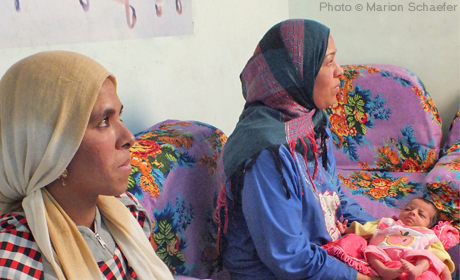Key humanitarian results 2023

People Targeted by UNFPA

People in need

Adolescents and youth (10-24) reached with SRH services

People reached with Family Planning Services in UNFPA-supported facilities

People reached with SRH information and awareness activities in person

People reached with Humanitarian Cash & Voucher Assistance (CVA) for GBV case management and/or other GBV response and GBV risk mitigation

People reached with GBV prevention, mitigation and response activities

People reached with SRH services

People reached with awareness-raising activities and GBV-lifesaving information in-person

Dignity kits and/or other Non-Food Items distributed

Safe Spaces for women and girls, supported by UNFPA

Non-specialised GBV humanitarian workers / frontline workers who were trained /oriented on GBV core concepts and guidelines

